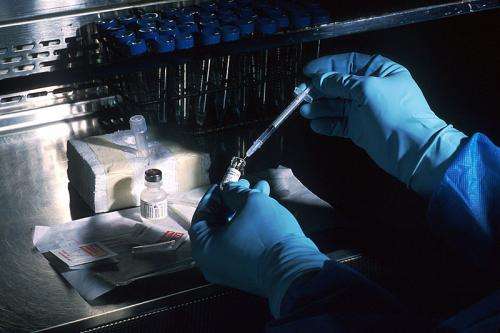Debunking the Myth: The MMR Vaccine Does Not Contain Aborted Fetus Debris, According to Scientific Evidence

On May 4, 2025, news outlets highlighted clarifications from experts regarding claims made by Robert F. Kennedy Jr. that the MMR (measles, mumps, rubella) vaccine contains 'aborted fetus debris' and 'DNA particles,' which supposedly influence vaccine hesitancy among certain religious communities. These assertions have been widely circulated but are scientifically unfounded.
Kennedy’s statement specifically mentions the rubella component of the MMR vaccine. He claims it is developed using fetal tissue, implying that the vaccine contains actual fetal debris. However, the reality is that the rubella virus used in vaccines is grown in a human cell line called WI-38, which was originally derived from the lung tissue of a single elective abortion in the 1960s. This cell line has been used for decades and, importantly, no new fetal tissue has been introduced into vaccine production since then.
The purpose of using these fetal cell lines is solely as a growth medium for producing the vaccine virus; they are not part of the final vaccine product. The viruses are grown in these cells, then carefully extracted and purified through rigorous processes that meet worldwide safety standards. The end product contains the virus and stabilizing agents, but not human cells or fetal tissue fragments.
Kennedy also claims that the vaccine contains DNA particles from these fetal cell lines. It is true that trace amounts of DNA fragments can remain from the cell lines used during manufacturing. However, these fragments are highly degraded, present only in tiny, biologically inert amounts, and pose no health risk. The idea that residual DNA can integrate into human DNA or cause genetic harm is scientifically unfounded.
Extensive research by health authorities, including Australia's Therapeutic Goods Administration, confirms that residual DNA in vaccines does not harm recipients. Our bodies are routinely exposed to foreign DNA through food, bacteria, and the microbiome, and our immune system handles these without issues.
Despite these facts, misinformation about vaccine ingredients persists, fueling vaccine hesitancy. It is essential to understand that vaccines like MMR are proven to provide effective protection against deadly diseases such as measles, mumps, and rubella, saving millions of lives worldwide.
In summary, the claims that the MMR vaccine contains fetal debris or harmful DNA fragments are false. Scientific evidence confirms that vaccine manufacturing uses cell lines derived from fetal tissue solely as a growth medium, with no fetal tissue or DNA in the final product. Trust in vaccines is backed by rigorous science and decades of safety and efficacy data.
Stay Updated with Mia's Feed
Get the latest health & wellness insights delivered straight to your inbox.
Related Articles
Rethinking Moderate Drinking: Is It Truly Harmful or Outdated as a Health Myth?
New research reveals that the long-held belief that moderate alcohol consumption benefits health is outdated, with significant risks of cancer and chronic diseases associated with any alcohol intake.
National Survey Identifies Challenges and Opportunities in School-Based Diabetes Care
A national survey highlights major barriers and opportunities in implementing effective diabetes management plans in schools, leading to significant updates for improved student care.



